Global Indigenous Runway involved a three-way collaboration between an Indigenous artist (Lisa Waup), fashion designer (Ingrid Verner) and retail manager at Craft (Sarah Weston). The results take two-dimensional designs onto the body and into the world.
LW:
I am a contemporary indigenous artist. My ancestral connections are with the Torres Strait and also Gunditjmara in Victoria. I work with an array of mediums to express my connection to culture and historical findings. I use my art as a vehicle to tell story, to tell my story in a piecing together of my ancestral past and paths that connect to the future. They are stories of family, of country, and of my love of connecting all together. A great deal of my making is weaving and works on paper. I love feathers and paper. They give me much happiness. These two mediums I particularly enjoy, being guided by them in the making. And also the unforgivable nature of paper.
SW:
It’s sometimes hard for us to believe — Lisa, Ingrid and I—that it’s been over four months since this project was first released at Global Indigenous Runway. At the time, we were half delirious from the late nights spent writing about, photographing, sewing, and installing the collection, and this was to be the first time we had seen the garments worn on the body. To see them worn so proudly by Indigenous models from Papua New Guinea, New Zealand, Australia and North America was incredibly special and a bit surreal. When we first started, the outcomes of this project were much narrower. We had hoped to create three garments, possibly five, as the final outcome. But like so many projects when the work is exciting and the collaborators more than a little idealistic, it can be hard to know when to stop.
Lisa and I had arrived early that morning, or on time to be exact, bleary-eyed and arms swaddled in clothes, which I had walked literally across the road from my house to the Melbourne Museum, dodging traffic and desperately trying to make sure nothing trailed on the ground. The building was still closed and in disbelief we stood standing and blinking in the middle of the underpass, until Lisa had the presence of mind to fashion a kind of ground cover made from our jackets and other paraphernalia on which we could lay the garments down onto the concrete. With a watchful eye on circling birds, Lisa and I got to have a strange moment of respite, sandwiched between the white fencing of the VIP festival forecourt and the Museum to the right. Almost the exact spot, where we’d first met to talk about the collection one night after an opening at Bunjilaka.
What the audience didn’t have the opportunity to experience that day, were the stories shared by the models and their parents, the volunteers, designers, and collaborators after the event. Gathered in a loose circle after the runway, everyone had the opportunity to speak. For many of the models, this was the first time they had walked on a runway, or worn high heels. They’d paid for their own tickets and accommodation, and within the space of week through the Top Model-esque boot camp led by director Tina Waru, they’d gained a confidence, which for many had a transformative effect. Many spoke of their pride in their culture and identity and the importance of representation. What I think was obvious to everyone that day was that Global Indigenous Runway presented a celebration of a more inclusive fashion culture, and one that was more exciting for it. One that welcomed and embraced diversity of body type, culture, and identity.
LW:
As a young person, I always created my own fashion designs, would sew my own clothes, and would even put on a label of my fashion house to be. I guess other things got in the way of this dream. So when this Creative Victoria and Craft-funded project was first offered to me, I really couldn’t believe my luck. I had trained originally as a printmaker and photographer, and the print series that I’ve created has a lot to do with layering and stitching, which corresponds to the weaving as well. It’s all about domestication and cultural identity, a connection to country and searching for more information since I was adopted at birth. It’s been a real investigation of that. I have been drawing in my journal for many years, and when I first showed them to Sarah to gauge what she thought, we spoke about the meaning behind each of these works—all greatly revolved around protection, family and country.
SW:
I fell in love with Lisa’s weaving the first time I saw it. For me, there is such a strong sense of preciousness in her work, a valuing of each constitutive element, and an intense care for the way in which one connects with the other. Working with bone, feathers, shells, string, and paper—it’s a value arrived at through connections to history, identity, and place. Materials that once existed as part of another whole, which have been found, collected, and treasured before being brought into a new history and meaning. There’s a life in Lisa’s work which is transfixing. Her exhibited piece in Hero Worship (curated by Debbie Pryor and Hannah Presley), titled Chosen Before Birth, was of her two mothers cradling her as a child. Woven with feathers, shells, and string, that had been collected over a period of many years, the piece would often move gently with the circling currents of the air.
Her works on paper present this same bringing together of separate elements, binding them together in a visual language that draws on a history and language of symbols that has existed for tens of thousands of years. It wasn’t until the Koorie showcase in 2015, that I would first see her line drawings, Hannah [Presley] and I were installing work and Lisa was there representing Baluk Arts—an incredible Aboriginal-run organisation in the Mornington Peninsula. I’d come over to ask about something or other when I noticed these small cards with striking line-work on them and asked whose they were. On finding they were hers, I asked Lisa if she’d ever created a fashion collection and from there we spoke about our mutual love of clothing and objects as capable holding and imparting history. Communicating layers of meaning for the maker, the wearer and the viewer.
The idea of collaborating with Lisa on a fashion project never really went away and when we had the opportunity to pitch to Creative Victoria for our commissioning program at Craft, we included the concept and were invited to apply for special project-based funding which would allow us to cover most of the costs of producing the samples. From there we needed to identify a collaborator, and my immediate impulse was to ask Ingrid Verner. Since 2012, under her eponymous label VERNER, Ingrid had been creating collections that played with gender and function and which responded to contemporary and popular culture. I’d been watching her work and had been fortunate to collect a few pieces but had never had the pleasure of meeting Ingrid in person. In approaching her about the project, I don’t think there was ever any hesitation on her part. It was fortuitously the right timing, and the right place for her in her practice and she was as excited to begin as we all were.
LW:
The prints in the collection were translated from a series of drawings of these shields that I had been doing for some years. They’re line drawings, which are like a protection of history, a protection of cultural identity. There’s a connection through those drawings and, at the same time they’re kind of like a holder or a keeper of knowledge, in some sense.
My 2D work, drawings in mostly pen and ink would then make up the designs for the patterns with Ingrid translating the artwork into the silhouettes. She cut them so the patterns popped, the print was enhanced in the process. I was in awe of her practice. Going from 2D to 3D was such an interesting concept and I found all aspects of this project to be extremely rewarding and supportive. From the design stage, to the printing of fabric — to the designs first seen on hangers. Given to the beautiful indigenous models at the Global Indigenous runway for VAMFF, then to seeing the models walking down the catwalk.
SW:
Dealing with themes of connection, history and identity, the translation of Lisa’s work to textile print, and then to silhouette was critical. We wanted to create a series of garments that would be inclusive and accessible, capable of conveying story and connecting people with one another. We wanted to make sure that this was a truly collaborative project and one embedded in a deep respect for both Lisa and Ingrid’s creative practices.
As Lisa says, we drew from a series of works she had created over the last five years in her sketchbook. From here, we distilled a selection of four prints titled, Homeward Boundaries, Land Mapping, Family Circles, and Protection, on which the collection would be based. The relationship between the shield and its connotations of protection, and in relationship to the body, was something that was really interesting. This idea of bringing a language of protection, of Country and family directly onto the body through clothing. The significance of family and history to the collection was one of the many reasons I invited Lisa’s daughter, musician and artist Kaiit Waup, to create earrings for the collection. Funnily enough, I’d seen them on a girl, in the middle of a crowd at Carriage works at the Black Arts Market and I’d run up to her to ask who made them. They were really striking—large, made from free formed wire and threaded with shells and seeds. And while at the time I was able to glean that they were made by someone from Baluk, it wasn’t until I mentioned to Lisa that I’d love to bring this work into the mix because I felt there was a really strong aesthetic connection, and it was only then, that we both realised I was talking about Lisa’s daughter.
As we started to work, and see things come together, we were urged by our Creative Victora mentors Elizabeth Liddle and Megan Kelleher to apply for opportunities like Global Indigenous Runway. We didn’t have any physical pieces to show them and so we worked by printing off sheets of Lisa’s work, scaled at different iterations to check the sizes of the prints against the body. Folding and cutting them onto 2D figures to get a sense of what the clothes might look like. These ended up being the images that we submitted to the runway committee.
LW:
Ingrid, Sarah and I worked on shaping the garments so that the prints were enhanced rather than diminished by their translation. I was completely in awe of Ingrid’s skill. It was the first time that I saw my designs become 3D and it was such an incredible experience. We also wanted the forms themselves to be non-constrictive — for them to have a freedom of movement and language that shifted with the body.
SW:
It’s now four months later. We’re currently in the production phase of the collection and are already talking about the next one. After working on it for so long, we’re hoping we’ll be able to release it this summer, and if we can, take it overseas as well. We have gotten to work with some amazing people like Phebe Schmidt to shoot the collection, and hear from other artists, writers and designers who are making and collaborating in this space. People who saw the collection at Craft as part of our the exhibition or on the runway, have ordered pieces ahead of the collection’s release which has helped us to fund the production and what’s been pretty wonderful is that they’re happy to wait for it to be made and they understand it takes time. We also get to hear how excited they are to wear it, whether it’s to work or an event, weddings, openings, speaking engagements, and so on. And although this seems like a small thing, for us, the collection continues to bring together people and conversations around language and history, diversity, collaboration and respect. And doing that, through the way we dress is something we’re pretty happy about.
Authors
Lisa Waup is an award-winning Gunditjmara and Torres Strait Islander artist. A multidisciplinary artist whose practice spans weaving, print, jewellery and sculpture, her work continually explores identity and connections to country, history and community. Lisa’s work has been exhibited nationally and internationally including A Journey’s Edge (2012, Koorie Heritage Trust) The National Aboriginal and Torres Strait Islander Art Awards (2016, 2017), Victorian Indigenous Art Awards and is held in a number of public institutions, including NGV and Kingston City Council.
 Sarah Weston is a Melbourne-based curator, writer and project manager. Working across commercial and curatorial sectors with Craft Victoria and as an independent consultant, her projects often explore the intersections between community, commerce and contemporary craft and art practices. Recent projects include the Craft Catalogue – The Boyd House, Lisa Waup x Verner and Botanica (2016).
Sarah Weston is a Melbourne-based curator, writer and project manager. Working across commercial and curatorial sectors with Craft Victoria and as an independent consultant, her projects often explore the intersections between community, commerce and contemporary craft and art practices. Recent projects include the Craft Catalogue – The Boyd House, Lisa Waup x Verner and Botanica (2016).



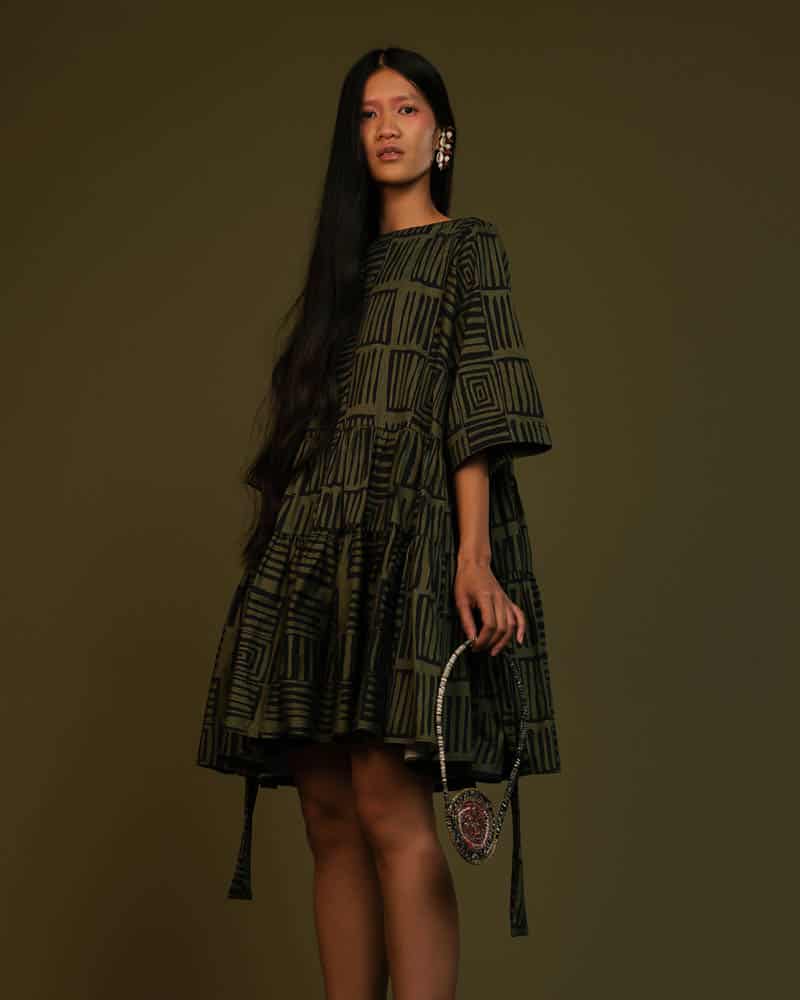

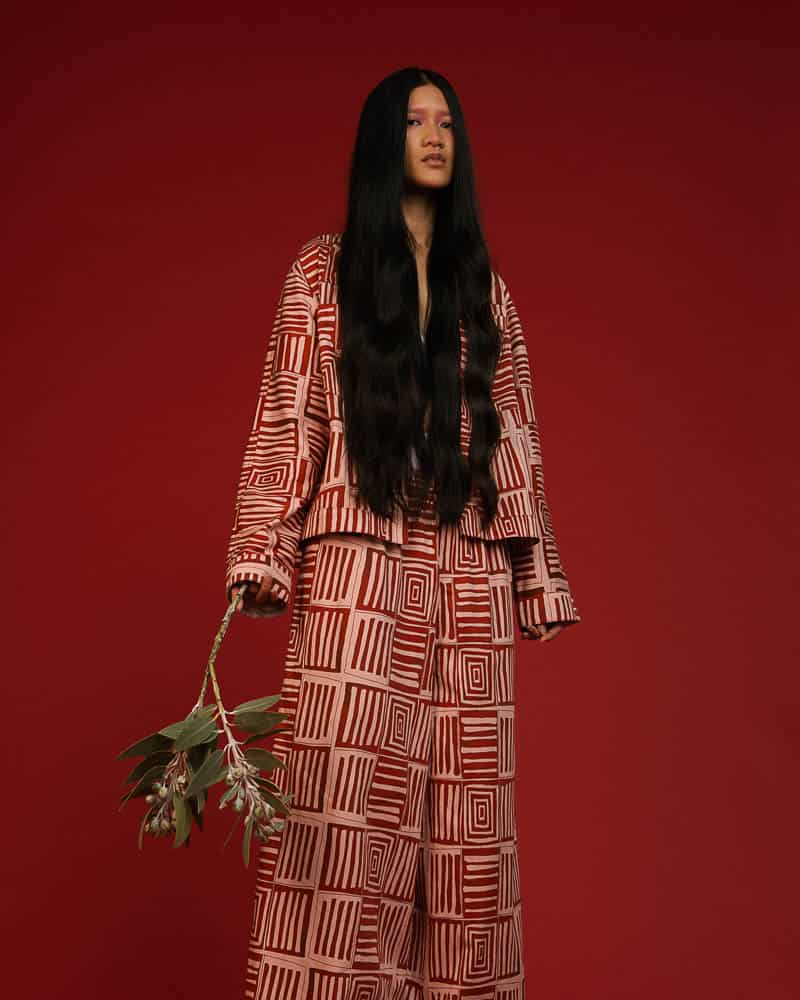
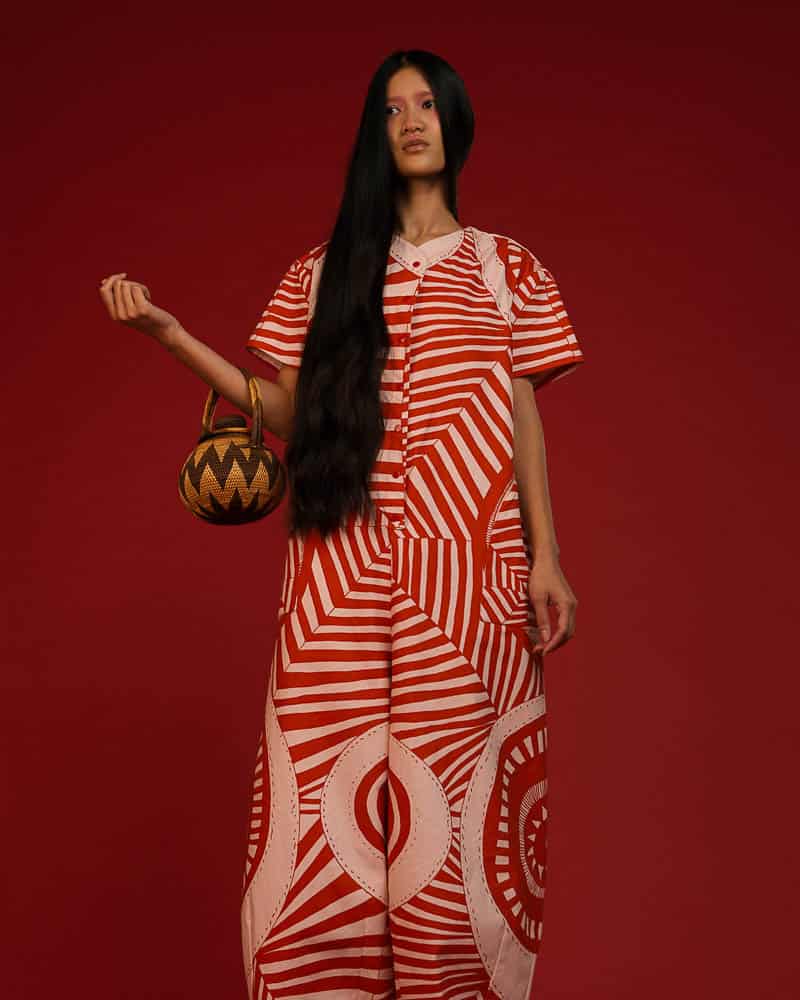

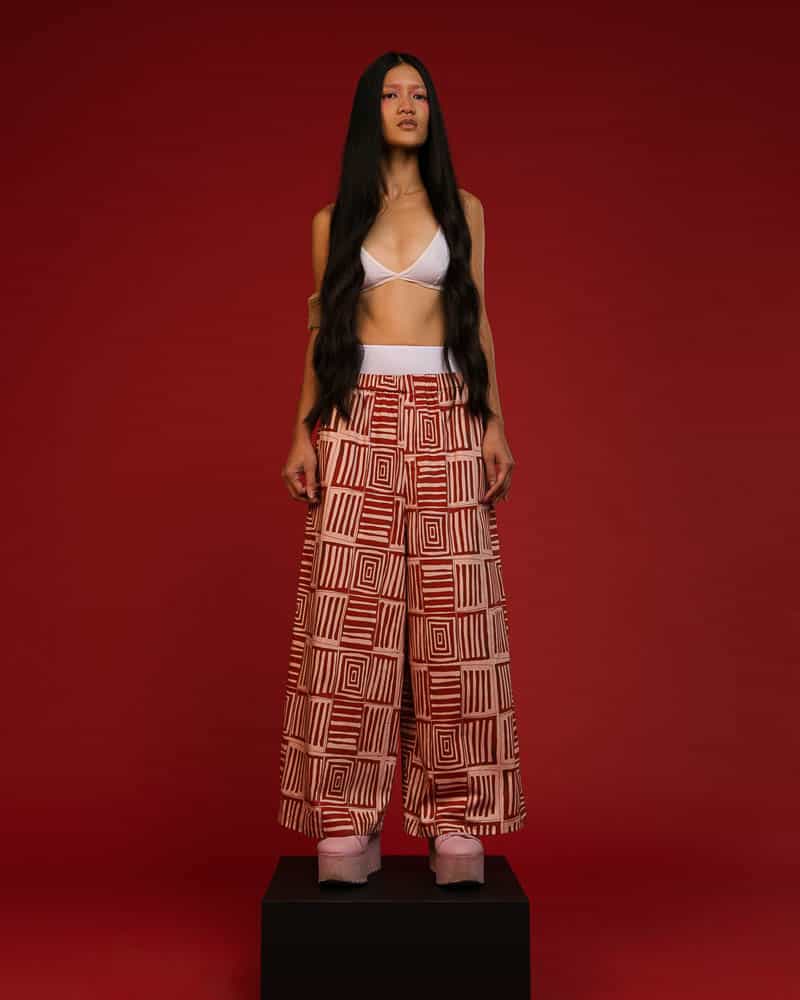
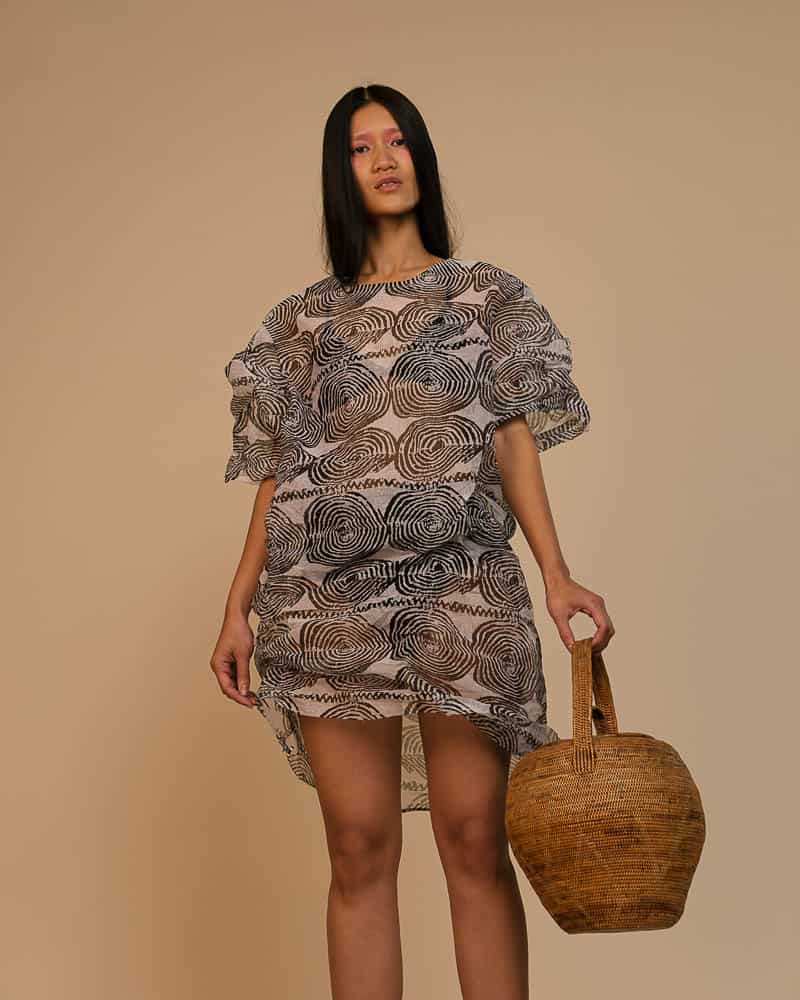



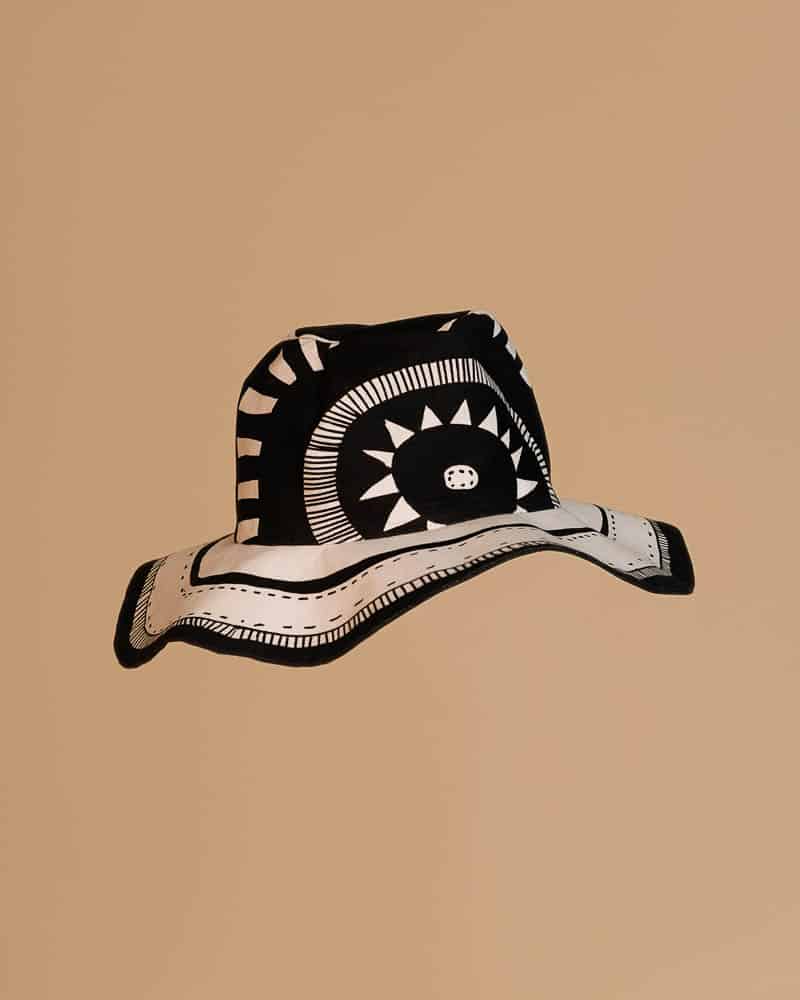


Comments
I just noticed that you won a Banksia Award and was delighted to see your article in Garland as I’m on the Reference Committee as Bunwurrang Elder. I’m also on the Banksia judging panel but no entrants in the Indigenous category this year, which is a bit sad. Well done you guys. xxx